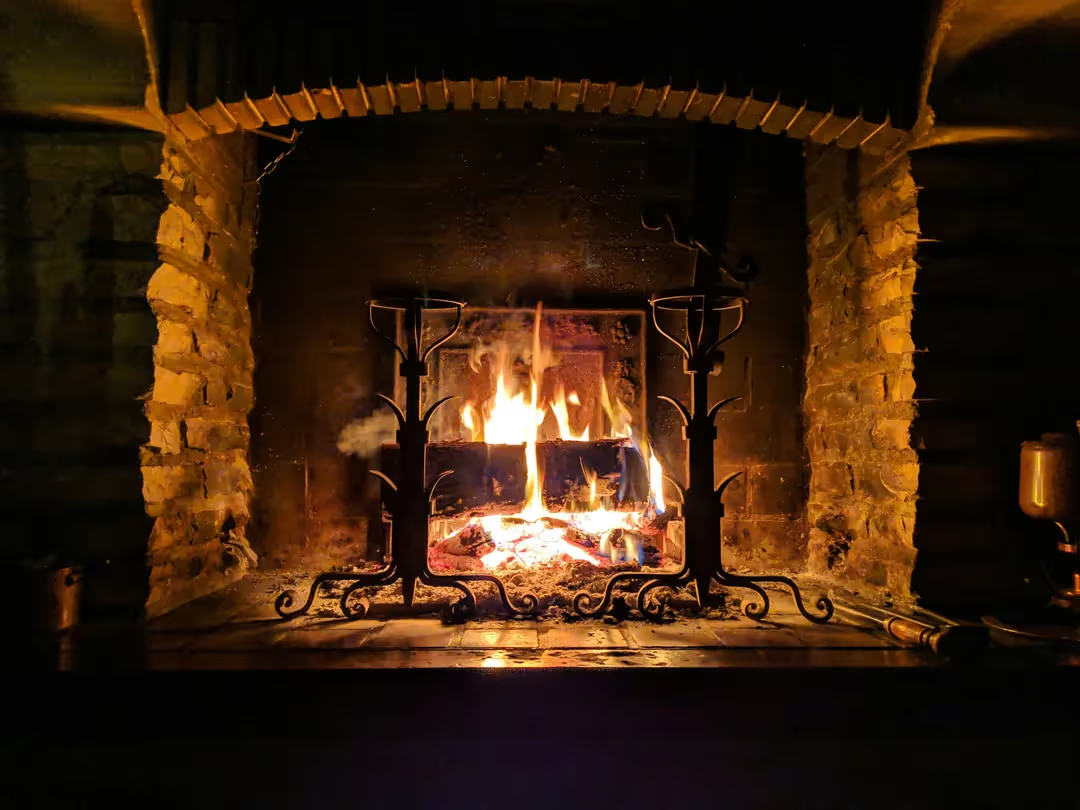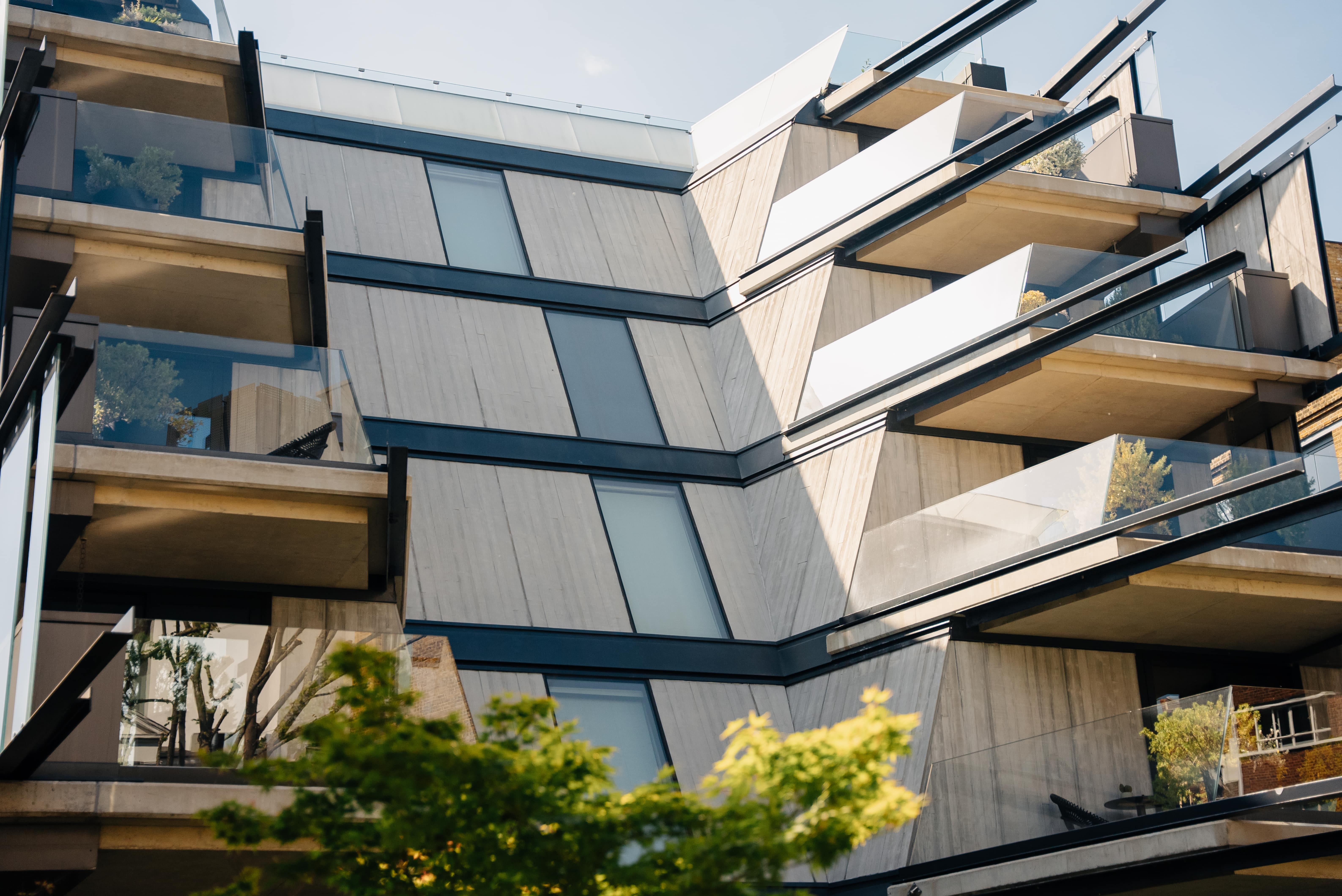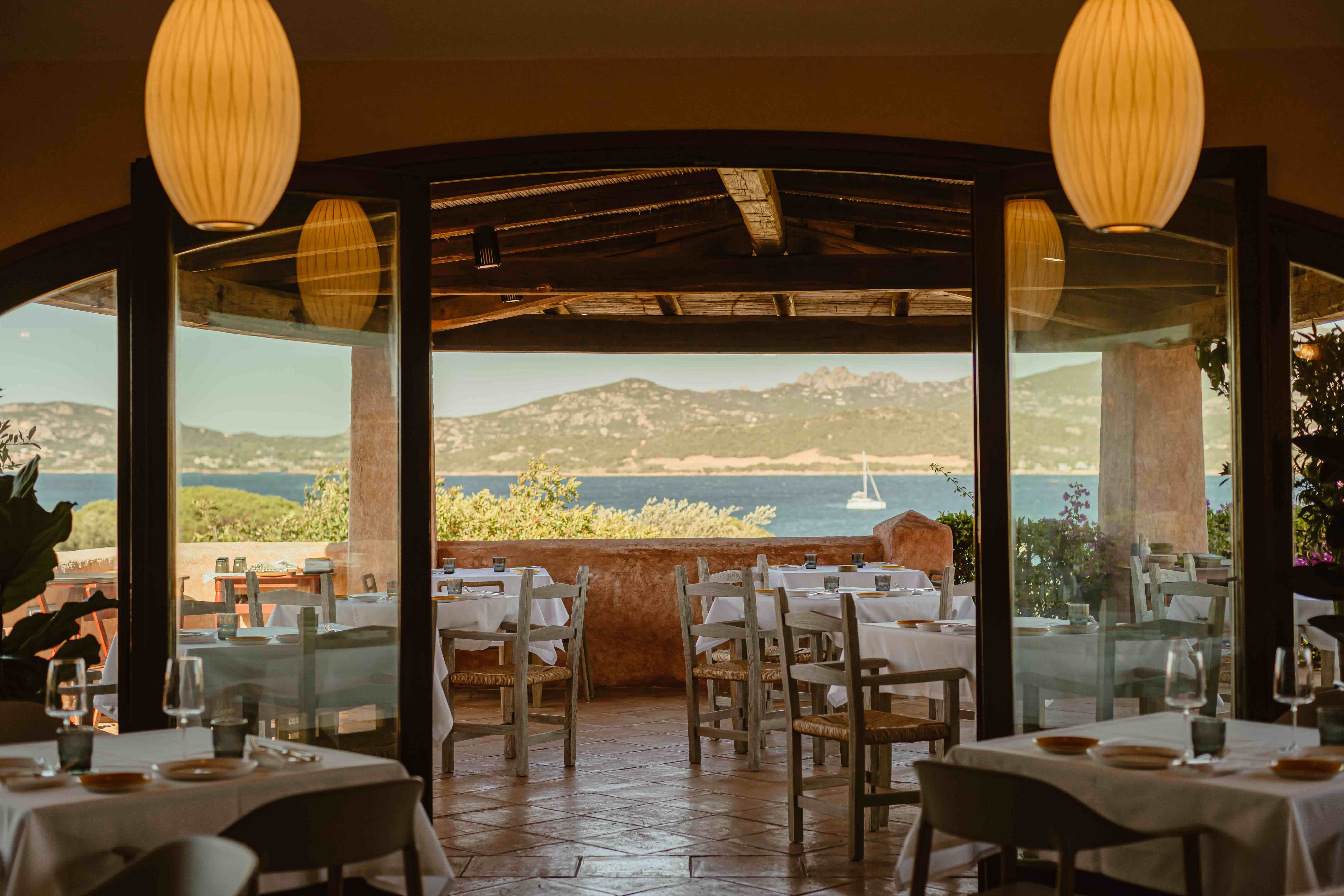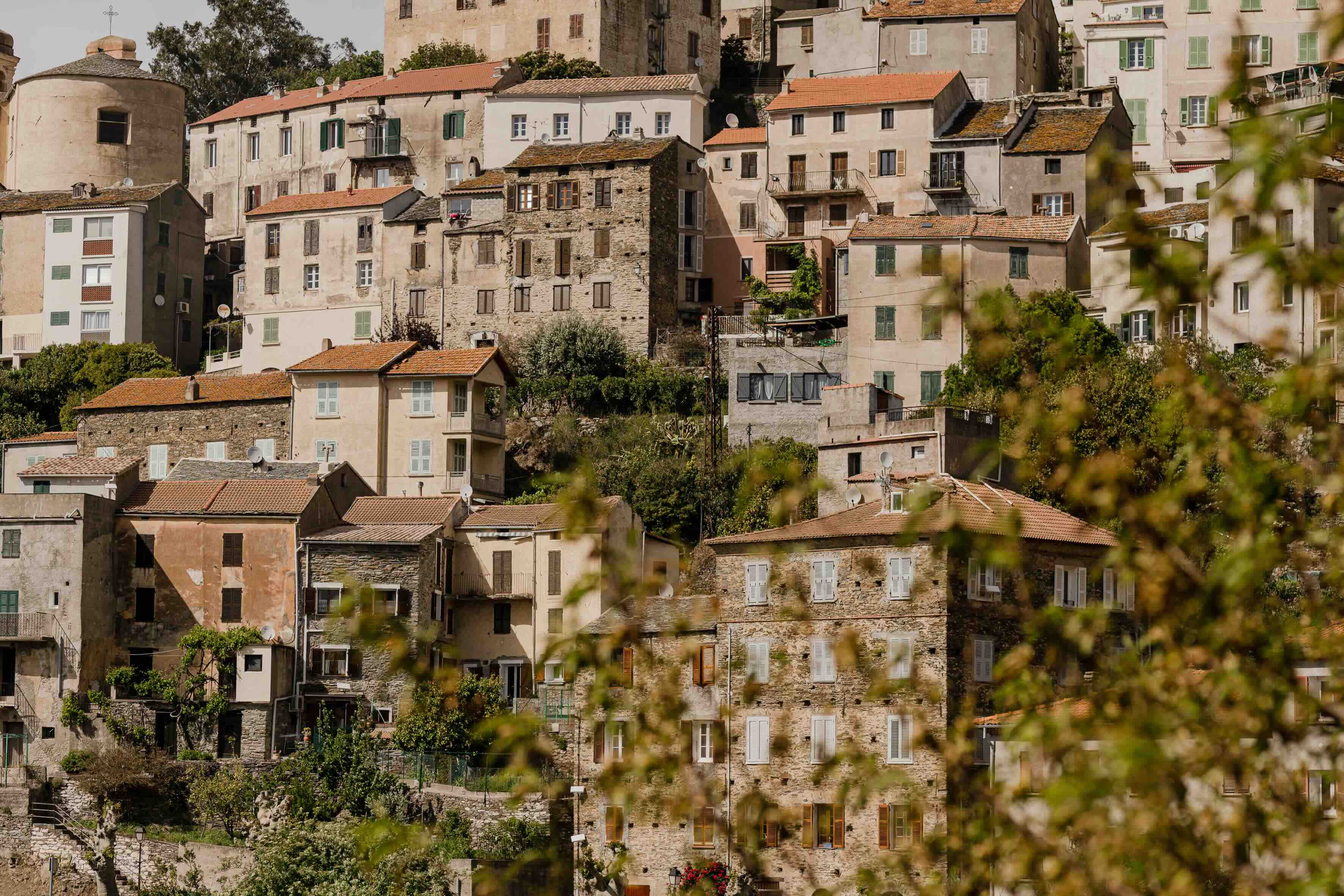Throughout the village, restaurants specialized in seafood such as barnacles, clams, mussels, shrimp and lobster, multiply. The combination of seafood depends on the taste of whoever is going to eat it: either simple or more varied. The flavor is always the same: an intense sea taste.
As an alternative to the abundant seafood, try Sopa Rica do Mar, a thick broth to which pieces of monkfish, lobster, clams and sea bass are added. On top, a few chunks of bread fried in olive oil and garlic give a special touch to a soup that pleases any aficionado of good comfort food. But a conversation about Ericeira and its gastronomy isn’t complete without an ingredient so closely linked to the village that, according to legend and local people, is at the genesis of its very name. Used as a local symbol, the sea urchin is one of the most enjoyed delicacies, eaten mainly between December and March, when it reaches its peak of flavor.
.avif)
In terms of fish, the emphasis is on grouper, sea bream, sea bass, sole and bream, usually grilled over charcoal. In fact, there is nothing in Portugal that reminds us of summer as much as a good grilled fresh fish, enjoyed on a terrace overlooking the sea. Just ask the many visitors who flock regularly to Ericeira for the usual Saturday or Sunday family lunch.
A walk through the northern part of Ericeira's historic centre on sunny days will reveal a curious tradition. The ray, one of the fishes that are captured off Ericeira’s coast, is found hanging from clothes lines or ropes right outside the houses, to the surprise of many outside visitors. This is one of the steps included in the process of preserving this fish, an ancestral habit used by families, especially in times of famine.
.avif)
%20(1).avif)







